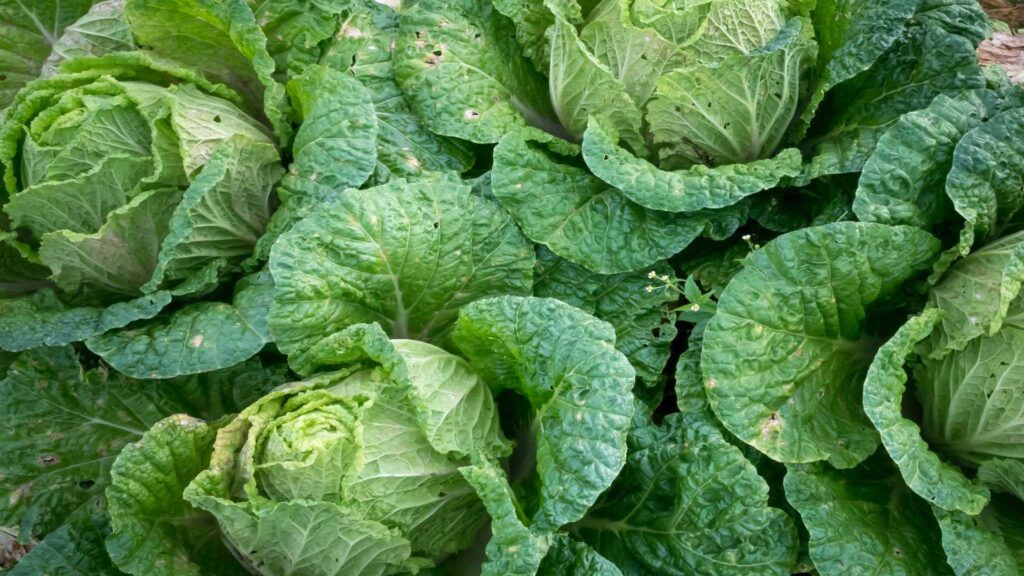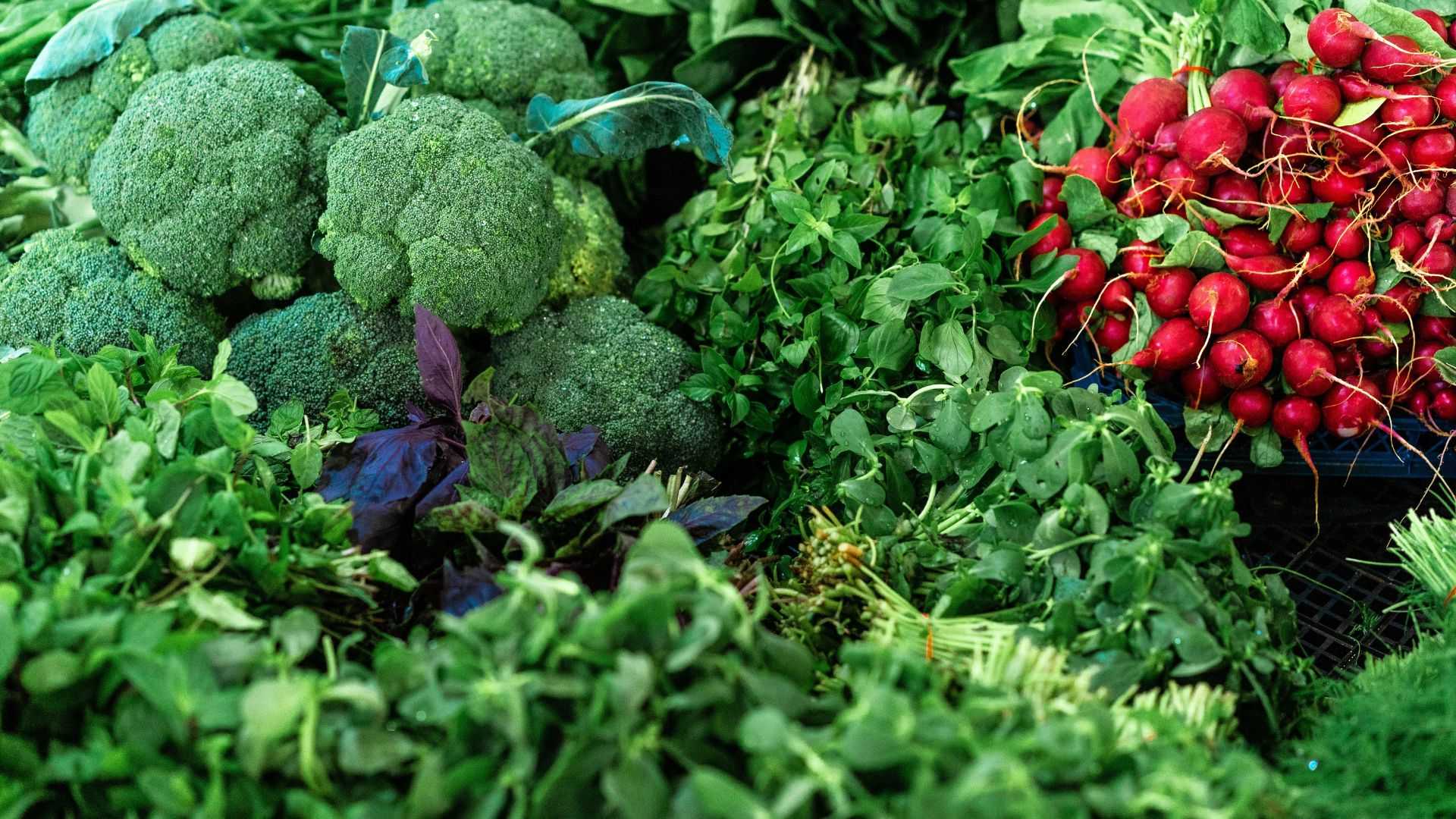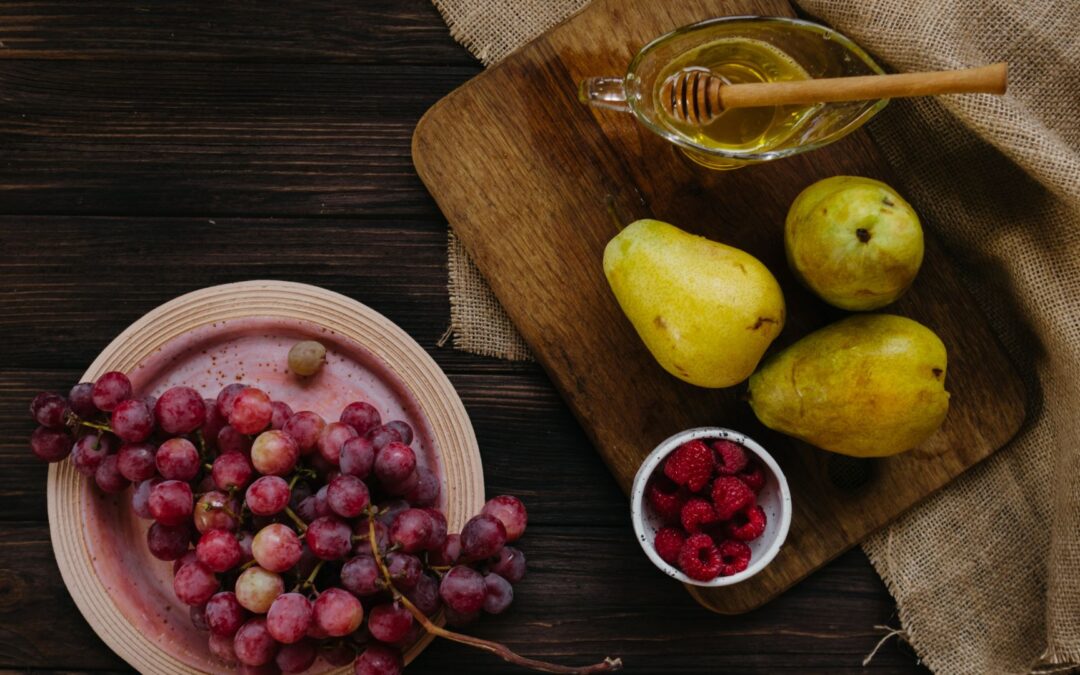Most Bangladeshi people are truly fond of winter. They say good things about the season. Kids are very much fond of winter because of its Fashion! Cool jackets, sassy sweaters, splendid hats and all the fashionable dresses are close to them but for vegetable lovers the story is different. They find that appetite is more important than fashion! So, for those who look for healthy and good foods, here appear the wondrous abundant amounts of vegetables in winter.
The winter season indeed gifts us with her luscious savour and nostalgic sapid. The vegetables from this season are truly nutritious and necessary for our fundamental growth. The first two vegetable names that come up to our heads when we talk about winter are the twin brothers – Cauliflower and Cabbage. Cauliflower originally came from the Mediterranean region and arrived in Europe around the end of the 15th century. It’s an offshoot of a type of wild cabbage that’s also the ancestor of kale, Brussels sprouts, and kohlrabi.
On the other hand, Cabbage has been grown around the world for thousands of years and can be found in a variety of dishes, including sauerkraut, kimchi and coleslaw. Broccoli is also one kind of cabbage. It’s a good source of fibre, vitamins and minerals. We have these vegetables in our lunch and dinner; moreover, we can add some creativity to it too. Cauliflower is widely used in making Winter Pakoras at our home. They are tasty and crispy with a little bit of a touch of hot tomato sauce. Vermicelli can be made with Cabbage! The cabbages make the vermicelli gravy, sweet and compoundable with milk.
People in winter desire pungent and peppery foods because we catch a cold often in this season. Winter vegetable is perfect for salad item. Tomato, cucumber, coriander, basil, carrot salad with mustard oil can’t be comparable. If we were out of oil, we used pickles and garlic to bring out the spicy and pungent aroma. All of these are ingredients of winter. Tomatoes are now the fourth most popular fresh-market vegetable. Mustard greens have a spicy flavour and come from the mustard plant. Vitamin K, Vitamin C and plant chemicals with antioxidants and anticancer properties are particularly abundant in it.
Many people grow spinach; stem amaranth, red amaranth, spiny amaranth, leaf amaranth in their gardens seasonally. These are the powerhouse of nutrients during winter. Spinach is a superfood. It is loaded with tons of nutrients in a low-calorie package. There are also different dishes we cook at home with a mixture of different seasonal vegetables. Such as brinjal-potato-green peas make a perfect combo of delicious veg food. Then we have beetroot, radish and bottle gourd. Brinjals or Eggplants, also known as aubergines, belong to the nightshade family of plants. Belonging to the legume family, green peas are high in vitamins, minerals and antioxidants but low in calories.
Beetroots are high in fibre, folate, manganese, potassium, iron, Vitamin C and minerals. Then radishes, the root of a mustard family member contain high levels of folic acid, potassium, Vitamin B6, magnesium, riboflavin and calcium. Bottle Gourd is a vine crop produced for its fruit and eaten as a vegetable when it’s young. It’s very high in Vitamin C, K and calcium.
Though some people barely like dried fish, a special recipe with turnip, hyacinth beans and dried fish is nectar-like! Dried fishes are super famous in Chittagong, Bangladesh and beans are mostly found in winter in Bangladesh. Hyacinth bean (lablab bean) is a pole beans cultivar of the Fabaceae family of legumes. Lablab bean is probably originated from India, where it is grown in the home gardens for immature pods, which are eaten as vegetables. The beans are also enjoyed in Japan as fujimame, in the Middle East, Central America and Brazil. These beans are blessed with Vitamin A and K, along with proteins and minerals. The Turnips (Brassicarapa) are a root vegetable and member of the cruciferous family, along with other vegetables like bok choy, Brussels sprouts and kale.

The disappointing fact is that, though Bangladesh had a firm reputation for its agricultural prosperity, it is demoting year by year. Many of the villages are relying upon other sources whether they could have been self-sufficient with a little effort of diligence. The imbalance in several districts’ solvency is creating a huge gap. Yet farmers across the country are trying their best and busy in the cultivation of various winter vegetables like cauliflower, cabbage, radish, carrot, beet, turnip, tomato, leafy spinach, and red spinach. According to officials of the Department of Agricultural Extension (DAE), amid the present suitable climate, the cultivation of winter vegetables is going on in full swing across the country. These vegetables are being cultivated in different parts of the country including Jessore, Rajshahi, Chattogram, Bogra, Rangpur, Cumilla, Narsingdi, Meherpur, Rajbari, Faridpur, and Dinajpur.
DAE says Tangail has brought a total of 3,870 hectares of land under early winter vegetable cultivation in the current season. 5 districts of Chattogram region, the maximum planting target has been set at 54,489 hectares of land and so far vegetables have been planted in 13,006 hectares of land. In last year, vegetables were planted in this region in 11,65,850 hectares of land. In the Rajshahi region, the target for winter vegetable and tomato cultivation this season has been set at 12,900 hectares of land and the production target is 3,16,000 metric tons. Khulna region officials of the DAE said farmers in the area have already started planting various vegetables and they are hopeful of better production this year. DAE has fixed a target of producing 9,62,103 tonnes of winter vegetables from 41,070 hectares of land for all five districts of the Rangpur agriculture region during this Rabi season. A target has been designed to produce 1.65 lakh tonnes of winter vegetables from 6,500 hectares of land in ten Upazilas of the Netrakona.
Hopefully, Bangladeshi people are prioritizing the importance of agri-business. Soon we can bring back the pride of Bangla – “Herculean Bangla, Affluent Bangla.”






